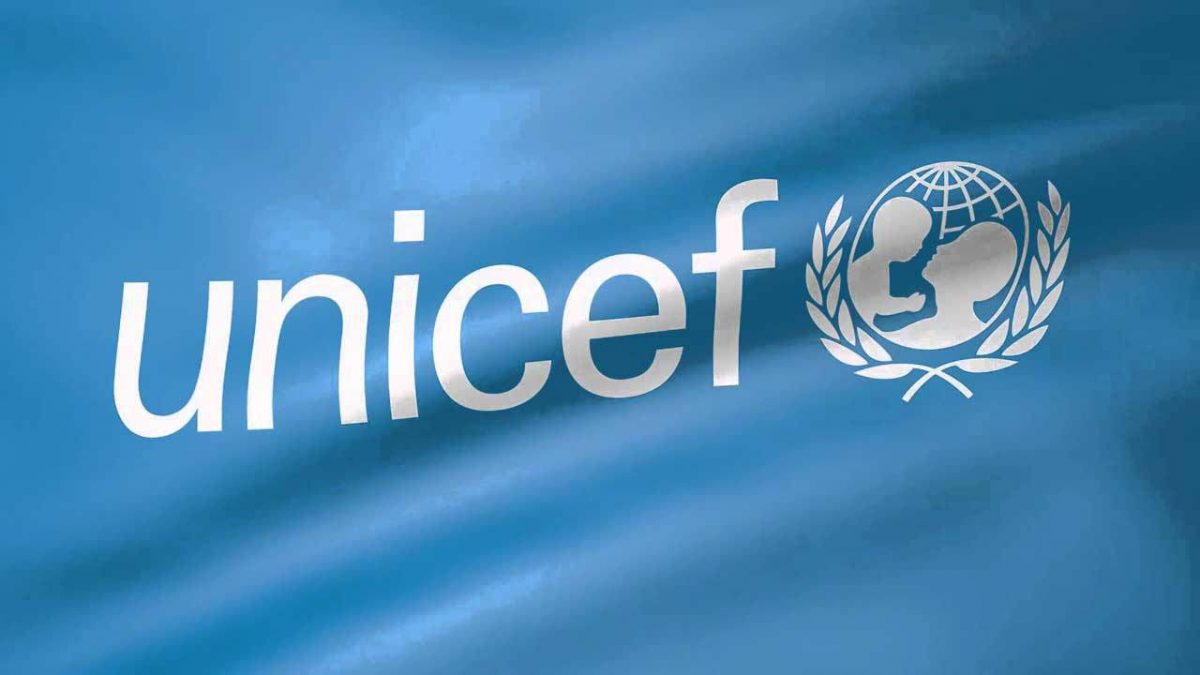Unicef: Funding cuts put children at risk

UNICEF has warned that an estimated 14 million children globally are on the verge of losing nutrition support over funding cuts.
IT stated that the funding crisis comes at a time when children continue to face displacement, conflicts, disease outbreaks, and deadly consequences of climate change—all of which are undermining their access to adequate nutrition.
According to UNICEF, with the shortfall of donor funding, the affected children are at risk of severe malnutrition and death.
“Over the last decades, we have made progress in reducing child malnutrition globally because of a shared commitment and sustained investment,” said Unicef Executive Director Catherine Russell.
“Since 2000, the number of stunted children under the age of five has fallen by 55 million, and the lives of millions of severely malnourished children have been saved. But steep funding cuts will dramatically reverse these gains and put the lives of millions more children at risk,” she said
Unicef clarified that in 17 high-priority countries, more than 2.4 million children suffering from severe acute malnutrition could go without ready-to-use therapeutic food (RUTF) for the remainder of 2025.
Additionally, up to 2,300 life-saving stabilisation centres – providing critical care for children suffering from severe wasting with medical complications—are at risk of closing or severely scaling back services, while almost 28,000 Unicef-supported outpatient therapeutic centres for the treatment of malnutrition are at risk and, in some cases, have already stopped operating.
Humanitarian emergencies
UNICEF reported that the levels of wasting in children under five remain gravely high in some fragile contexts and humanitarian emergencies.
“Adolescent girls and women are especially vulnerable. Even before the funding cuts, the number of pregnant and breastfeeding women and adolescent girls suffering from acute malnutrition soared from 5.5 million to 6.9 million – or 25 per cent – since 2020. These figures could rise without urgent action from donors as well as adequate investments from national governments,” Unicef said in a statement.
Unicef called on governments and donors to prioritise investments in health and nutrition programmes for children pointing out that the national governments should allocate more funding to domestic nutrition and health services.
“Good nutrition is the foundation of child survival and development, with impressive returns on investment. Dividends will be measured in stronger families, societies and countries, and a more stable world,” said Russell.
Last week, during a two-day Nutrition for Growth Summit held in Paris, France, delegates proposed domestic resource allocation and accountability as the main path towards sustainable nutrition financing.
They emphasised that nutrition-relevant spending should be made visible in national budgeting processes and both financiers and implementers must be held accountable for results.
Malnutrition burdens
The leaders also explored how countries transitioning to lower- or upper-middle-income status with high malnutrition burdens can take bold actions to shift from external funding to more sustainable domestic financing
World Bank data showed that $128 billion (Sh16.5 trillion) in additional financing is required in the next10 years to scale up nutrition interventions, which translates to $13 (Sh1,677) per pregnant woman and $17 (Sh2,193) per child under 5 years.
“Every $1 invested in addressing undernutrition yields $23 in returns, generating $2.4 trillion in economic benefits. These investments can avert 6.2 million deaths in children under 5 and 980,000 stillbirths and save children from the consequences of malnutrition in different forms, including averting 27 million additional stunting cases,” statistics from the World Bank showed.
According to the World Bank, development assistance to nutrition since 2020 has stagnated at around $1.60 billion (Sh206.4b) per year.
Further, development assistance disbursement has increased its focus on child wasting, growing by 15 per cent between 2015-2022, – mostly from humanitarian assistance – while financing for stunting, anaemia and exclusive breastfeeding, mostly from non-humanitarian assistance, has declined.















